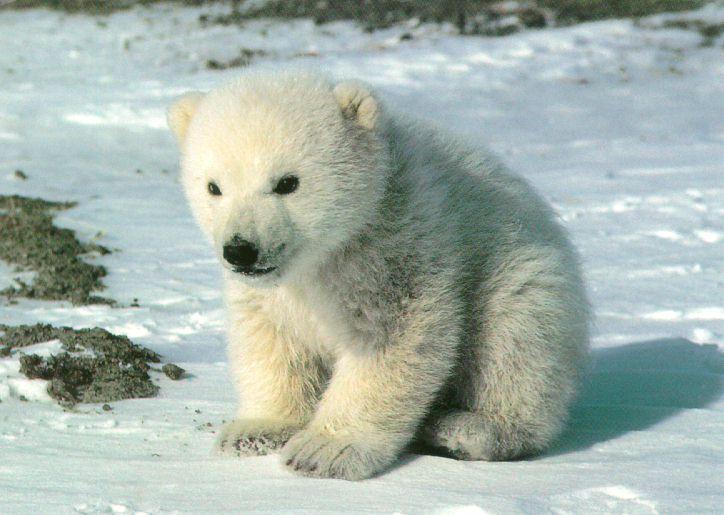
WICKED FACTS
Even though it looks like it, a polar bear's fur is not white!Each hair is clear hollow tube. Polar bears look white because each hollow hair reflects the light.
Polar bears have been known to swim 100 miles (161 kilometers) at a stretch.
A male polar bear can reach up to 10 feet but a female normally only reaches 7 feet
polar bears are the world's largest land preditors
an adult male weighs around 400–680 kg (880–1,500 lb), while an adult female is about half that size.
Humans are the polar bears only preditors
LOCATION
They can be found in the Artic, the U.S. (Alaska), Canada, Russia, Denmark (Greenland), and Norway.
DIET
The polar bear is the most carnivorous member of the bear family, and most of its diet consists of ringed and bearded seals.
HUNTING
The Arctic is home to millions of seals, which become prey when polar bears are about.The polar bear waits silently at a seal’s breathing hole in the ice, ready for when a seal swims up to the surface in order to stay breathing. They kill the seal by biting into his head and crushing the skull. Polar bears rarley catch seals in open water or on land.
BREEDING
Around the age of four or five the female polar bear can start having babies. They usually only have two cubs per litter. They have their babies in a cave they've dug in a large snow drift and then stay there over winter and come out in spring with the babies.
The babies are much smaller than human babies when they're born. They are about the size of a rat and weigh little more than a pound. They can grow to full man size in a year if they have lots of food.
PAWS
Polar bears have wide front paws with slightly webbed toes that help them swim. They paddle with their front feet and steer with their hind feet. Paw pads with rough surfaces help prevent polar bears from slipping up on the ice.
here's a diagram of thier paws
The smallest foot pad is the front track and the larger is the hind track.
below is the northen hemisphere, polar bears are located throughout most ice-covered seas of the Northern Hemisphere

